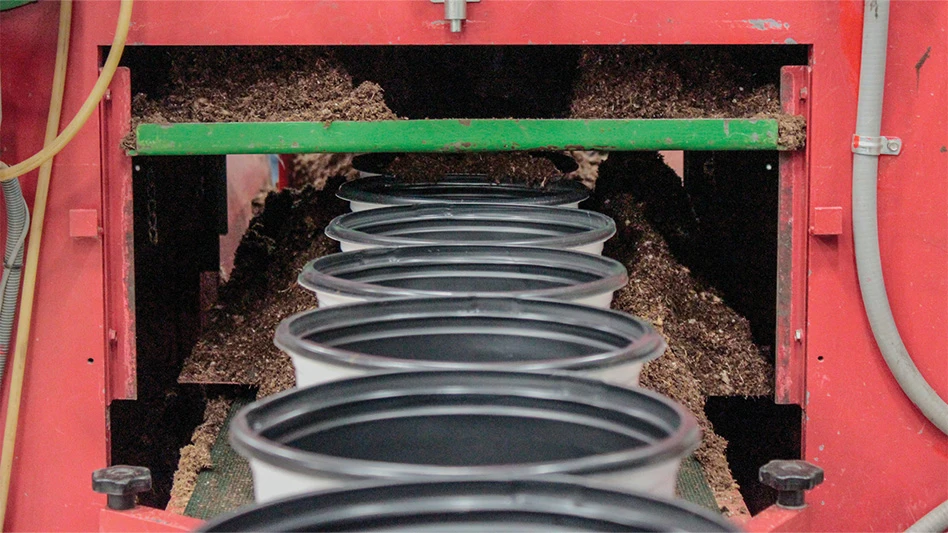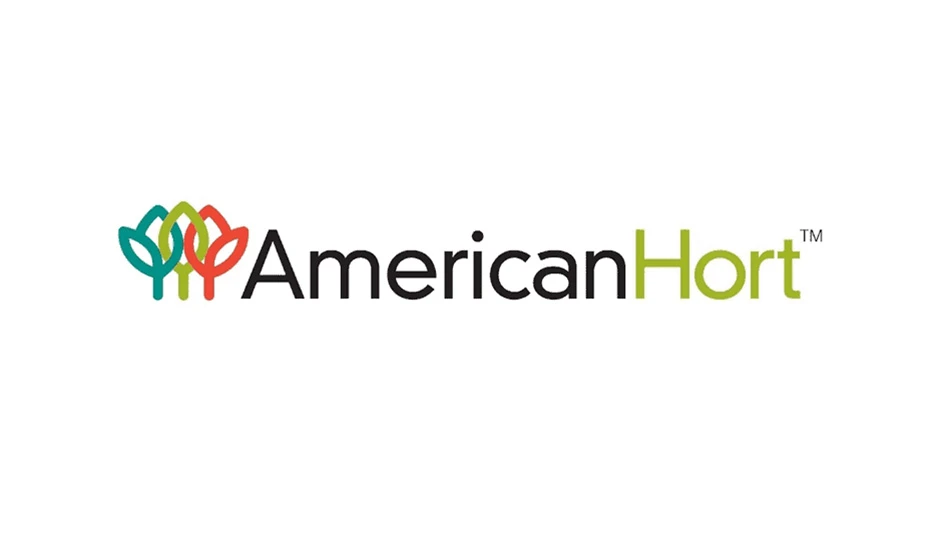

There comes a time when growers need to make a choice of whether to purchase vegetative annual liners or propagate them themselves.
If they choose to propagate, they need to have a plan in place, says Jason Twaddell, sales and marketing manager at Ball FloraPlant. They should know when cuttings are scheduled to arrive and have the trays and employees ready.
“It’s the little details that make the difference between a really good liner and a mediocre liner,” Twaddell says.
Liner prep
Different pieces of equipment are useful to growers in the propagation process, such as walk-in coolers. Those who are unable to stick cuttings directly after receiving them, should store them in a cooler, Twaddell says. A standard temperature range is 50 to 55 degrees Fahrenheit, although some crops do better in slightly lower or higher temperatures.
However, not all growers require coolers or other types of equipment, such as automated dibblers and flat fillers, to get the job done, Twaddell says.
“You don’t have to have all the bells and whistles and the cooler and the booms and all this other stuff,” he says. “You can do a really good job propagating with low-tech facilities. It just gets harder and harder to scale it up.”

Sticking cuttings
When preparing to stick cuttings, growers should start with liner trays that are uniformly filled with a well-drained propagation media, Twaddell says. The pH of that media should be at 5.5 or 6.0, and the EC should be around 0.5 or 0.75.
Employees or a dibbling machine should dibble directly in the center of each cell. Some crops need a shallower dibble, while some need a deeper one. Once stuck, the cutting should have good soil contact with the soil around the dibble.
Throughout sticking, as well as other stages of the propagating process, employees should follow sanitary best practices, such as wearing gloves and using hand sanitizer, Twaddell says.
“Sanitation is really about making sure you’re doing everything you can within your own facility not to spread or move any disease around,” Twaddell says. “All cutting suppliers do a really good job of shipping clean material, so it’s not necessarily a concern that there’s disease coming in the door. It’s more about performing all the best practices to make sure you’re clean once the product gets into your facility. There are a lot of diseases that are just omnipresent.”
Much of the labor involved in propagating vegetative annuals is in the sticking and moving the cutting, as well as possibly a pinch, depending on the crop.
“Not all [genera] have the same labor demand,” he says. “If it’s a calibrachoa or verbena that you know you’re going to pinch, you have to put more labor in that than in New Guinea impatiens, which only needs to be stuck and rooted and moved.”

Growing roots
In the early stages of propagating vegetative annuals, growers need to keep their cuttings under mist in a zone that is in the relative humidity range of 80% to 90%. They can start to foliar-feed cuttings with 50 parts per million of nitrogen, and once a callus forms, they should increase that feed to 75 ppm to 100 ppm.
After the callus forms, growers should keep their soil wet but not overly saturated. They should reduce the amount of mist to their cuttings and stop misting at night. Growers should also transition to fertilizing the soil at rates between 75 ppm and 100 ppm of nitrogen.
The goal at this point is to strike a root, so if roots are coming out the side of a liner, that’s good news. Twaddell says the “tug rule” can also help growers determine if a root has grown. “They give it a little tug,” he says. “If it’s grabbing, it won’t come out easily and that’s when you usually know.”

Getting toned
After a root develops, growers need to move their liners to an environment with lower humidity, cooler temperatures and higher light so they can tone up.

“Your normal finished bedding plant environment would be a good place to tone,” Twaddell says. “It’s that transition between dark and humid to a finished zone is where you get yourself into trouble, so that’s where growers have to be sure the product’s ready to go out there.”
Growers should also be transitioning to “harder” fertilizers with more nitrate nitrogen at rates between 100 ppm and 150 ppm.
It’s also in these later stages of propagation that growers would pinch a crop.
“If it’s going into a 4-inch pot, they don’t need it to be as big and as bushy. However, if it’s growing in a hanging basket, they might want to have it pinched once or even twice with more branches coming so they can get a faster takeoff with that product,” Twaddell says.
In fact, how vegetative bedding plants will finish will largely be determined by the levels of success in liner production.
“All your shrink within your facility — from a vegetative annual perspective — it all starts in propagation,” Twaddell says. “The more emphasis and details you pay attention to on the propagation side, the better your crop will be going forward, the better your yield will be and the less shrink you’ll have.”
You can check out more propagation tips and best-practices from Jason Twaddell and the Ball FloraPlant product management team at ballfloraplant.com.


Explore the August 2019 Issue
Check out more from this issue and find your next story to read.
Latest from Greenhouse Management
- The HC Companies, Classic Home & Garden merge as Growscape
- Eason Horticultural Resources will now officially be known as EHR
- BioWorks receives EPA approval for new biological insecticide for thrips, aphids, whiteflies
- ScottsMiracle-Gro transfers cannabis subsidiary to focus on core lawn and garden business
- Ellen Mackenbach-Lakeman appointed new CEO of Dümmen Orange
- Southern Garden Tour sets 2025 dates for trial garden open houses
- Belgian thermal screen manufacturer Phormium launches Noctis Thermo
- New book explores plants that thrive in Rocky Mountains





